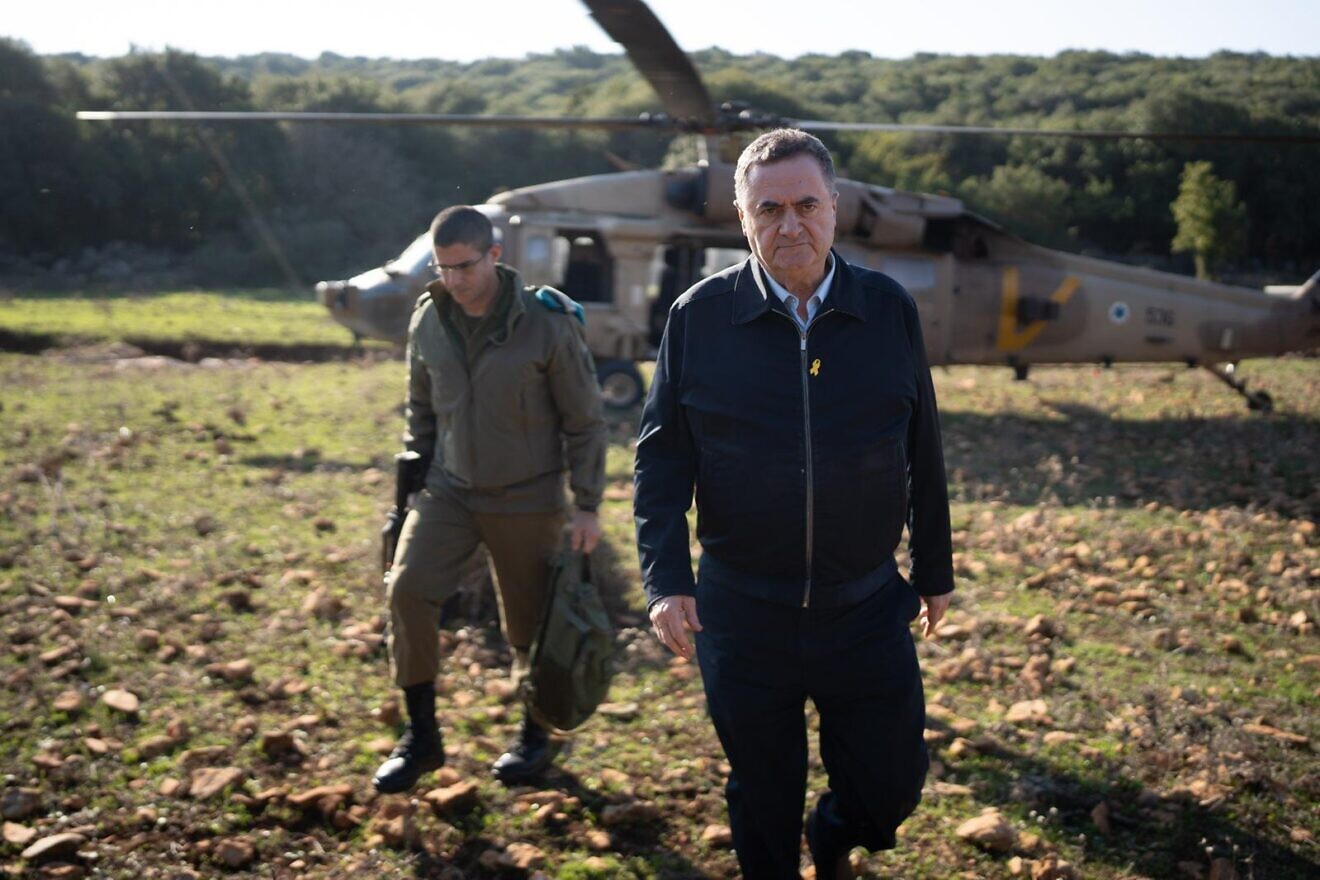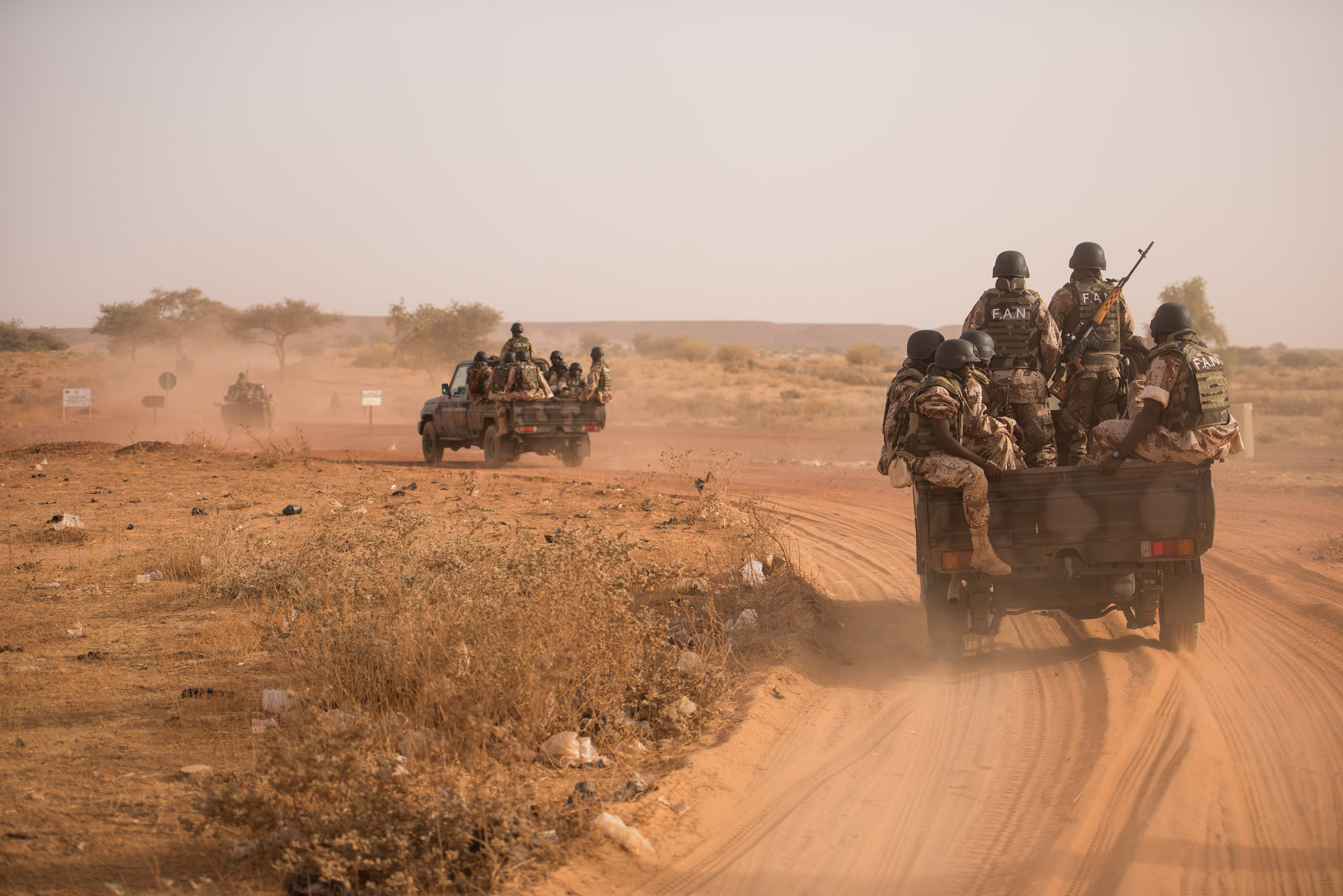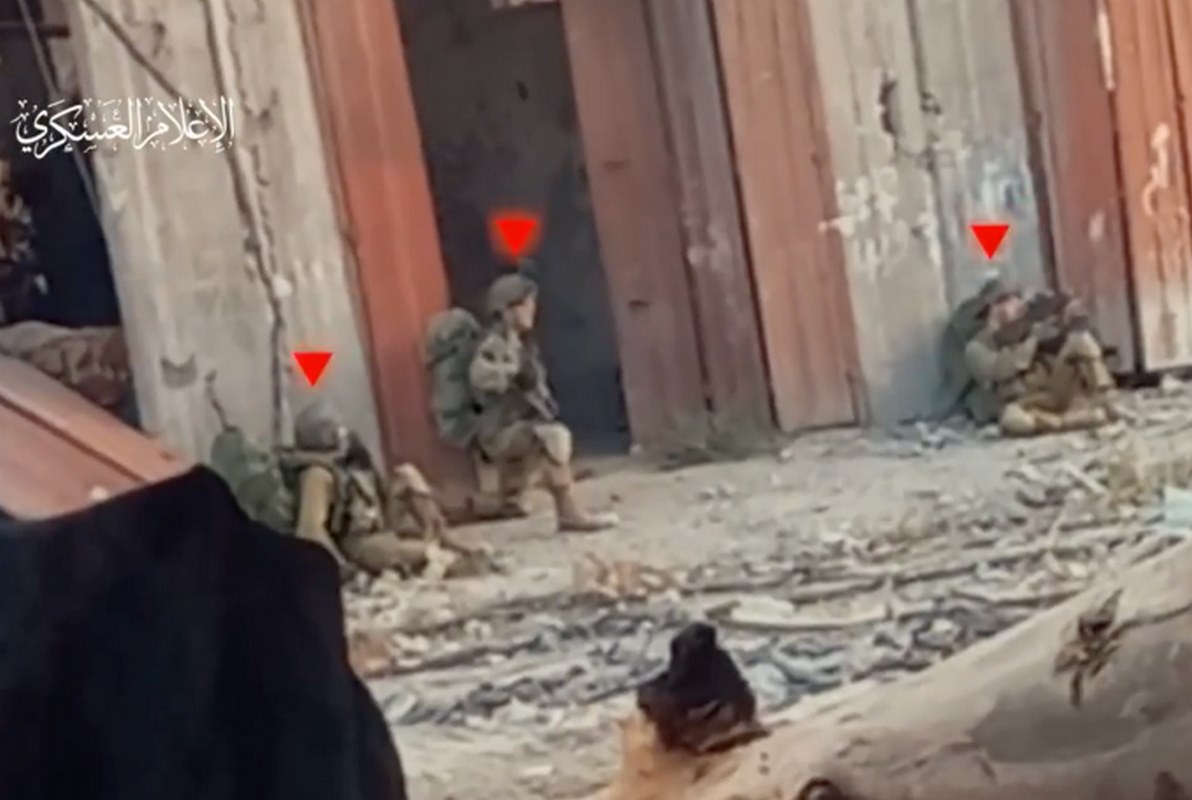PICTURED: Militants of the self-proclaimed Luhansk People’s Republic walk in a trench at combat positions near the line of separation from the Ukrainian armed forces outside the settlement of Molodizhne (Molodezhnoye) in the Luhansk region, Ukraine. PC: Alexander Ermochenko, Reuters. Fair Use.
KYIV, Ukraine. February 18th, 2022. While violations are common, accused exchanges of fire between the Ukrainian military and the militia of the Luhansk People’s Republic rose over the last 24 hours. The likewise self-evident People’s Republic of Donetsk, also on the Russian-speaking side of the disputed border, reported that Ukrainian military units shelled the village of Petrivske in the early morning hours of the 18th.
Thursday the 17th, Ukrainian military headquarters accused Luhansk of shelling a village on the Ukrainian speaking side called Stanytsia-Luhanska. Joe Lauria writing for Consortium News reports that 500 explosions were reported along the disputed border in total.
“We hope that our opponents from Western capitals, from Washington, from NATO, will use all their influence to warn the Kyiv authorities against further escalation,” said Kremlin spokesman Dmitry Peskov, after describing the attacks, which allegedly hit a kindergarten, “disturbing”.
NATO hornblowers took to the airways to condemn the attacks as “straight out of the Kremlin’s playbook,” while former U.S. Ambassador to NATO Kurt Volker told Al Jazeera that the White House’s allegations that Russia is trying to concoct a false flag operation should “absolutely” be taken seriously.
“This is something Russia has done consistently during its eight-year occupation of parts of Donbas. Whenever it wants to raise tension or put pressure on Ukraine, it claims that Ukraine has fired on its troops,” Volker alleged.
Sec. of State Antony Blinken also took this position during a Feb. 17th meeting of the United Nations Security Council, in which he described Russia’s likely actions are to concoct a story about a drone attack, chemical gas attack, or other such accusation as a pretense to invade Russia, and stressed twice that there were 150,000 Russian troops on Ukraine’s border.
Blinken failed to mention that Ukraine had positioned two-thirds of its uniformed military along the border with the breakaway area of Donbas, and that they too were making the security situation extremely volatile.
Breaking the line
Of course like Blinken, neither chief NATO members, nor former-Ambassador Volker did not offer one piece of publicly-available evidence—satellite photos, intercepted cables or phone calls, or anything else to demonstrate that A: Russia is considering invading Ukraine, or B: they are attempting to stage false flag.
This was emphasized recently when State Dept. spokesperson Ned Price broke down when questioned by an experienced reporter, claiming that the declassified evidence supporting this was Price’s own stated words, the declassification process was him stating it, and evidence was a transcript of the press conference he was currently giving.
As Lauria points out for Consortium, there was no “Adlai Stevenson moment,” when satellite photos were produced showing missiles in Cuba during the Cuban Missile Crisis’ respective UN Sec. Council meeting. Instead, Lauria details that, in the state of complete lack of evidence, ulterior U.S. motives have to be considered.
The U.S. began in November to portray the Russian troop deployment as an invasion force and since has worked its message into a crescendo of daily warnings of an imminent attack.
In Spring 2021, Russia made a similar deployment near the Ukraine border and yet there were no Washington cries of invasion then. So what changed?
What changed, Lauria writes, was “Moscow presenting draft treaty proposals to the U.S. and NATO drawing a deep redline after decades of objecting to the Western military alliance moving ever closer to Russia”.
State and state-sponsored elements of the United States sponsored with mass-funding, training, and possibly even weapons, of two overthrowings of the Ukrainian government, once in 2004 during the so-called “Orange Revolution” and again in 2014.
Seeing the repeated involvement of NATO in Ukraine since the Ukrainian civil war, created the desire in Moscow to alert the west of a changing of policy, that it was clear NATO would not respect Moscow’s redline, which was that Ukraine and Georgia will not be NATO allies.
Ukrainian President Zelensky has taken a different tone of late, saying that the threat of war with Russia is “low,” perhaps realizing that there will be no soldiers, planes, or tanks coming from NATO countries to help defend Ukraine in the event of a war. Zelensky has had a presidency marked by repeated bellicose statements towards the breakaway Donbas and annexed Crimea, as well as openly calling for NATO to offer membership to Ukraine. His change of attitude is perhaps a sobering up in the face of U.S. rhetoric, and realizing he would lose a war on their behalf, despite NATO and the U.S. losing nothing.


